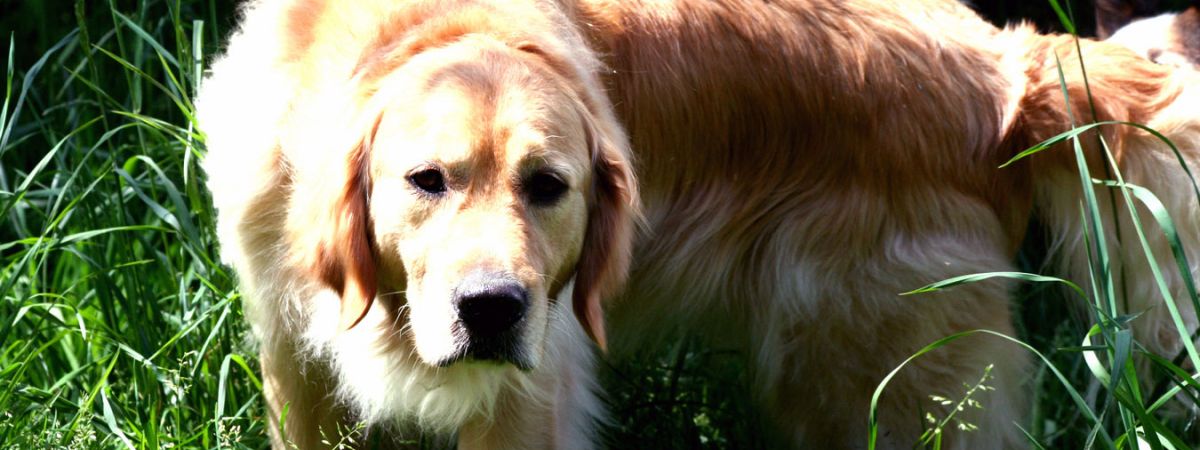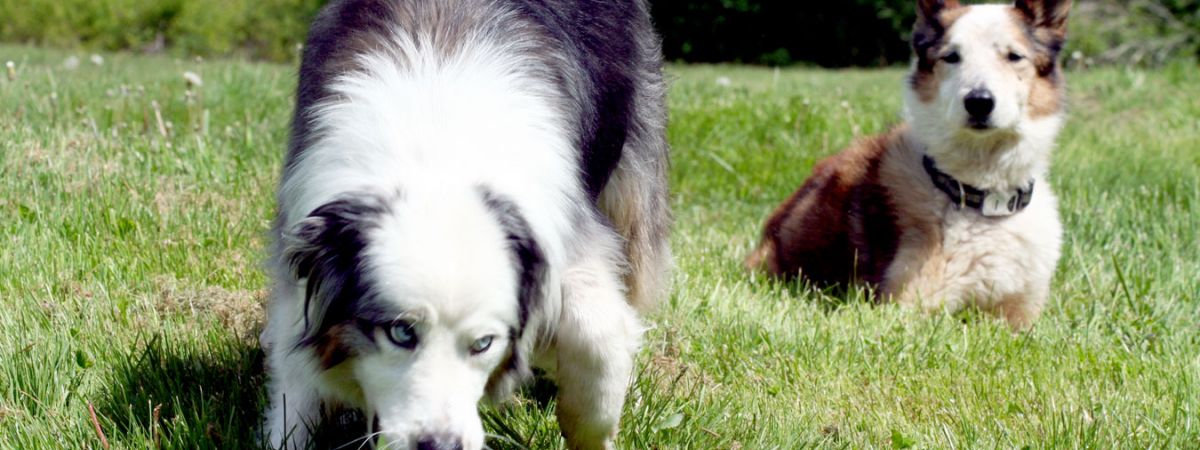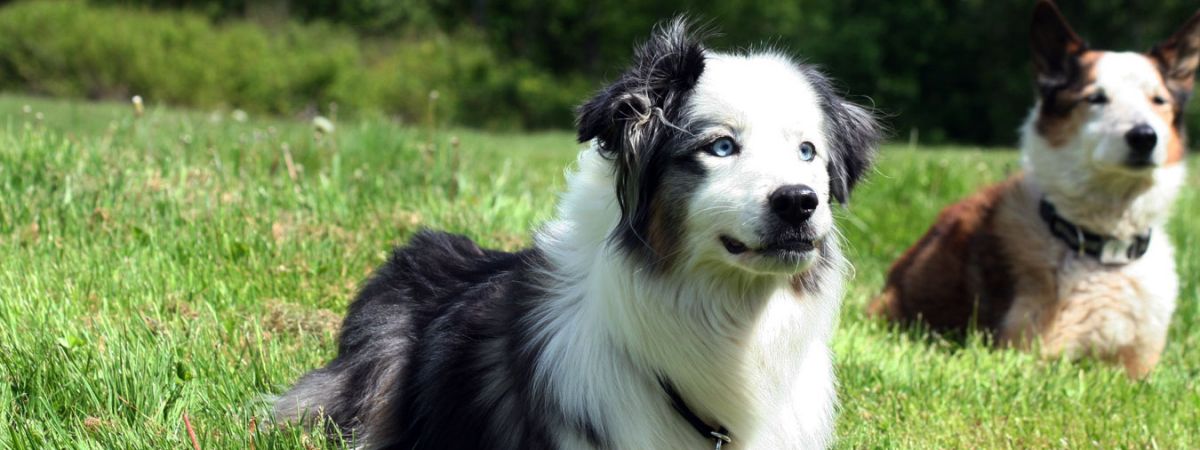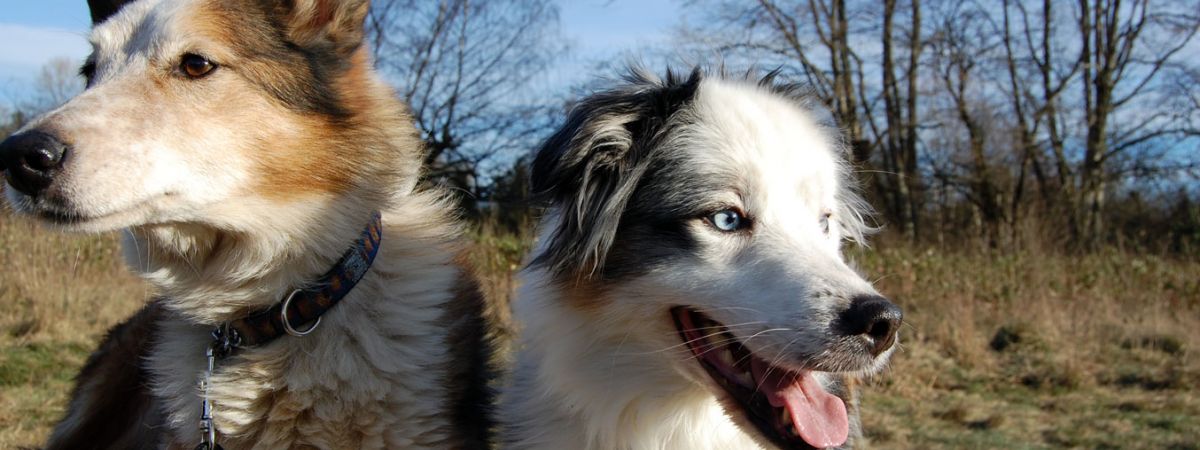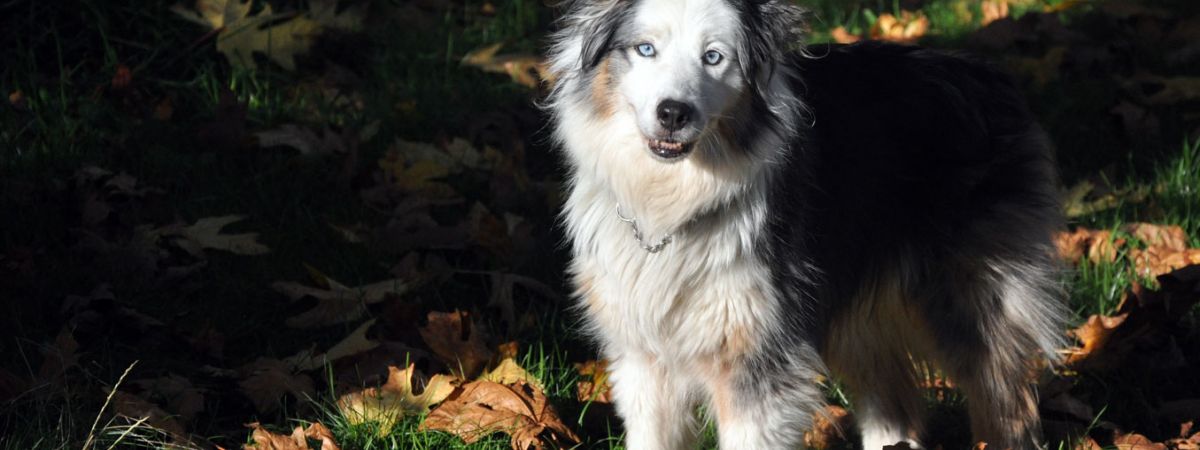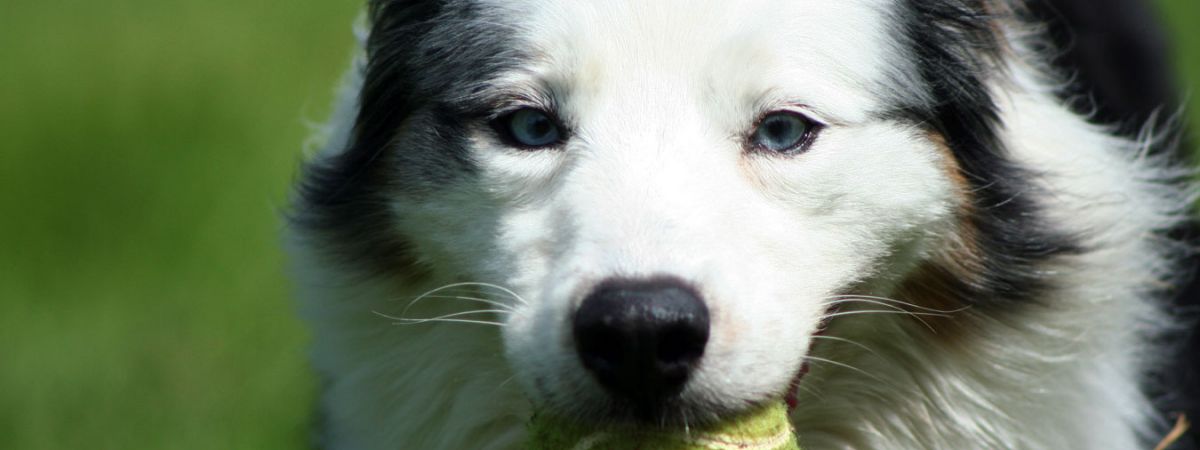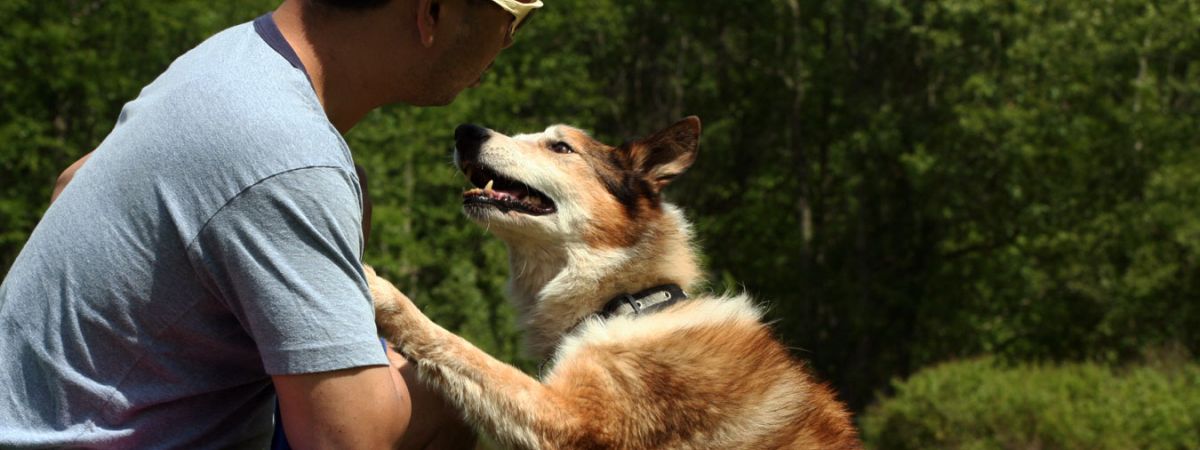Dog Days of Winter
As outdoor temperatures become cool, owners of pets that live outdoors need to be extra concerned. Cold weather can seem very harsh to your pet, and most of our domesticated dogs are simply not cut out to live outdoors.
All dogs need to have shelter at all times. If your dog lives outside, you’ll need to provide an insulated dog house with warm, dry bedding. It should be large enough to fit your dog quite comfortably, but not too huge, otherwise his body warmth won’t be able to heat it.
Dogs also need food and fresh water daily. Make sure frozen water is replaced immediately and consider getting a bowl heater to prevent freezing. If your dog stays in the garage, be diligent about storage of chemicals such as antifreeze which is highly toxic to pets, ice melt, and others. You’ll also need to take the same steps in providing warm bedding, water, etc.
Most dogs are simply not cut out to live outdoors. Any dog with a short or thin coat will be more susceptible to the cold. Most dogs have been bred to be companion animals and can suffer psychologically from the isolation of being outside all the time. No matter what type of dog you have, please reconsider having him be an "outside dog"!
Experience shows that behaviour is the #1 reason some pet owners keep their dog outside. "He has accidents in the house, runs around like a maniac, and chews things"! The problem is, keeping your pet outdoors creates a cycle. The more he stays outside, the more excited he is when you finally do bring him in! Dogs who live outdoors never have to "hold it in", so they don’t build up the muscle control needed for being housebroken when inside. They just don’t know the rules of the house, and are usually so excited, their overzealousness makes them end up right back outside. Dogs who live outside are also much more likely to have problems such as fear, timidness, or aggression due to lack of socialization.
However, it’s not too late. By working with your dog on some dog obedience training, and bringing him indoors on a leash, you can work with your pet to teach him the rules of your home. Whether you work with your dog independently or with a qualified dog trainer, with a little work on your part, you too can enjoy your pet indoors as a part of the family!

